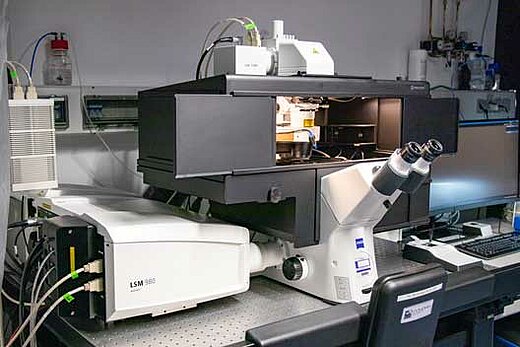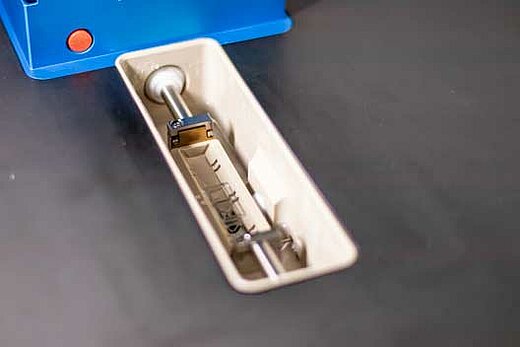PoL Microscopy
Group Leader: Bert Nitzsche
Microscopy techniques in biology and biophysics offer a tremendously powerful and complex toolbox requiring highly specific expertise for optimal usage and maintenance. The Physics of Life (PoL) Microscopy is a core facility which offers state-of-the-art technology for imaging across scales. We have a wide range of instruments to support experiments involving a variety of model organisms (live and fixed), cultured cells, and organoids.

